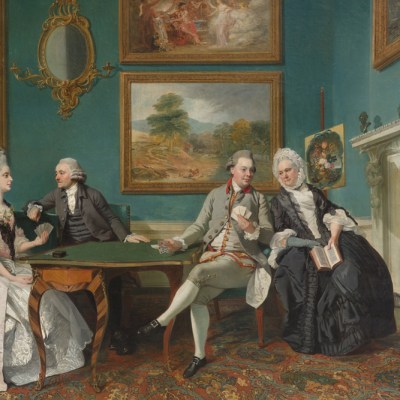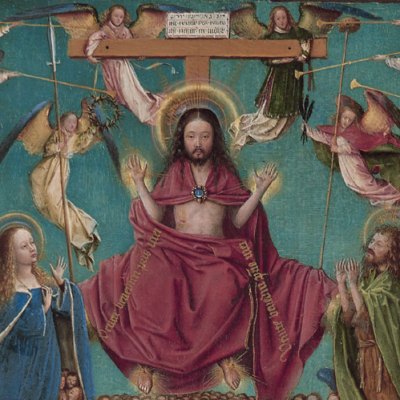Introducing Rakewell, Apollo’s wandering eye on the art world. Look out for regular posts taking a rakish perspective on art and museum stories.
What secrets, Rakewell wonders, might a former Secretary of State for Culture reveal in her memoir? How did they decide which museums the government should support? What is the key to improving access to the arts in the United Kingdom? Your roving correspondent now has the answer in the form of The Plot, a book by Nadine Dorries that is not a complete work of fiction. (And let us not forget that her stint at the Department of Culture, Media and Sport makes her one of the longest-serving culture ministers of recent times.)
Those who thrill to the machinations of British cultural policy will, Rakewell fears, be disappointed. Dorries’ account of working in the Johnson maladministration contains the word ‘culture’ only six times in total – mostly in the context of describing the ‘drinking culture’ at Number 10.
Sir Robert Walpole, Earl of Orford (1676–1745), Prime Minister (1740s), the studio of Jean-Baptiste van Loo. Government Art Collection

Dorries does, however, mention the paintings. Not, you understand, in any specific way but as an undifferentiated mass in the Cabinet Office. ‘We assembled,’ she writes, ‘around the Cabinet table as the Prime Minister walked in and Cabinet began, as always on the second that the vintage Dutton wooden clock on the mantlepiece reached nine thirty, watched over by the portrait of Walpole above. I never could quite feel like I belonged there surrounded by history and grand paintings.’
Yet Rakewell can’t help feeling that Dorries displays an openness to art that could have made her the perfect champion of culture. Our fearless guide to the corridors of power reveals that, as she sat around the cabinet table, ‘I made sure I absorbed every tiny detail and felt a thrill run down my spine as, during my time in that room, I began to understand exactly how it is that power, famously for some, eventually corrupts.’ (It’s very good, that ‘famously for some’). Without being explicit about it, Dorries does seem to intuit the relationship between art and power.
Boris Johnson painting a ladybird during a visit to The Discovery School in West Malling, Kent. Photo: PA Images/Alamy Stock Photo

But wait, there’s more: ‘I would habitually glance up at the masterful paintings around the room, committing the whole scene to memory […] Was it different in your day, Walpole? I would ask myself as I gazed up at his portrait.’ There is another point worth noting. If the book has a hero (it most certainly does), if there is one figure of unimpeachable character (there certainly is), if, at the end of the day, we are looking for a shining moral example who understands the benefits of creativity (who isn’t?), for Dorries that man is, of course, Boris Johnson. And how do we know this? We know because Dorries tells us that he likes to paint with his children.
Got a story for Rakewell? Get in touch at rakewell@apollomag.com or via @Rakewelltweets.




